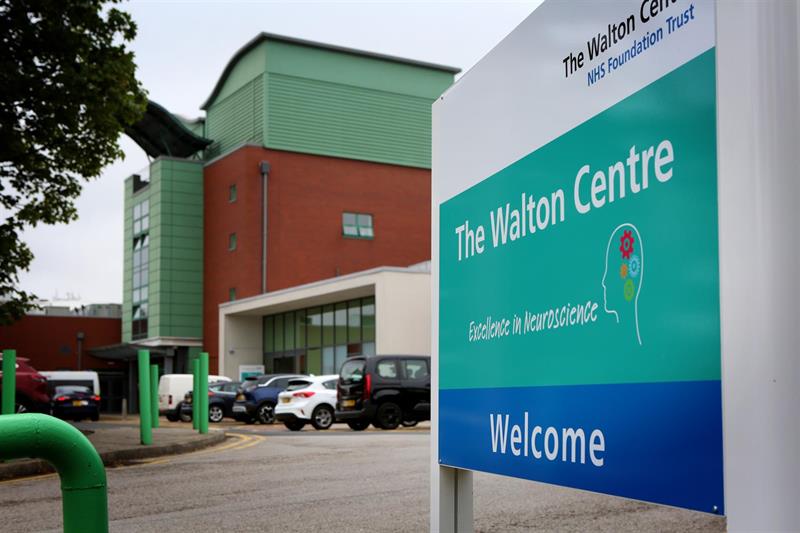Evoked potentials (EP)
Service contact information
Service detail
Evoked potential tests assess the nerve pathway from sensory inputs to the brain. During all tests, a small number of electrodes will be applied to your scalp. Different stimuli are then given, depending on which pathway is being assessed:
- For a visual evoked potential (VEP), a checkerboard or flashing light will be shown
- For a brain stem auditory evoked potential (BAEP), clicking noises will be presented through a set of headphones
- For a samatosensory evoked potential (SEP), nerves in the hands and/or feet will be stimulated using small electrical impulses
Prior to all evoked potential tests, please ensure your hair is clean and do not use any hair products e.g., gel, hairspray. Continue to take your usual medication, and please bring a list of current medication.
Please bring any glasses or contact lenses you may wear to a VEP.
Do not listen to excessive noise for at least 24 hours prior to a BAEP.
Wear comfortable, loose fitting clothing to an SEP.
Getting here
The Walton Centre - Main Hospital Building

This building hosts many of our in-patient services, including wards and theatres, and some outpatients services.
Address
Lower Lane, Liverpool, L9 7LJ
Directions and map
- View The Walton Centre - Main Hospital Building on a map
- Get directions to The Walton Centre - Main Hospital Building
The Walton Centre NHS Foundation Trust is not responsible for third-party sites or content.
Referral information
Neurophysiology is a consultant referral service only
Patient leaflets

Brainstem Auditory Evoked Potential
This is a painless test that records the function of a nerve pathway between the ear and the brain.

Somatosensory evoked potential
Your Consultant would like you to have a somatotosensory evoked potential investigation (SEP).
Page last updated: 23 June 2021
64